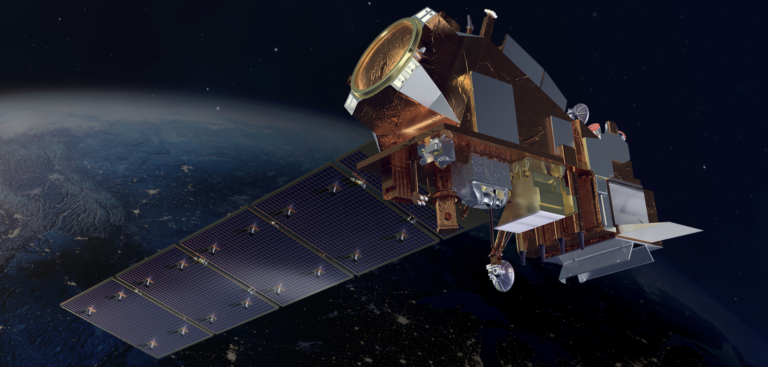US space agency NASA has contracted aerospace and defense technology developer Northrop Grumman to refurbish the NOAA’s Joint Polar Satellite System (JPSS) Advanced Technology Microwave Sounder (ATMS) Engineering Development Unit (EDU) to support a future mission.
This is a cost-plus, fixed-fee contract modification in the amount of US$13,261,772, and increases the total contract value to US$579,770,626.
The principal purpose is to refurbish the JPSS ATMS EDU as a flight instrument for the QuickSounder project, which will support the NOAA’s next-generation satellite architecture for its future Low-Earth Orbit Earth Observations System (LEOS) program.
The QuickSounder project is a NOAA risk-reduction mission to evaluate streamlined acquisition processes and determine the utility of commercial small satellites, launch services, mission operations and data routing in a disaggregated constellation for the next generation of LEO weather satellites.
ATMS is a passive microwave instrument that provides high spatial resolution microwave temperature and humidity sounding data in all conditions, including cloud cover. The NOAA’s National Weather Service (NWS) forecasters use this data in computer models to improve global and regional predictions of weather patterns, storm tracks and precipitation. More than 90% of the data used in NWS models comes from satellite data and ATMS is fundamental to the accuracy and precision of the model output. This information significantly improves short- and long-term weather forecasting.
The NOAA and NASA oversee the development, launch, testing and operation of all the satellites in the JPSS program. The NOAA funds and manages the program, operations and data products. On the NOAA’s behalf, NASA and its commercial partners develop and build the instruments, spacecraft and ground systems, and launch the satellites.



